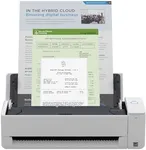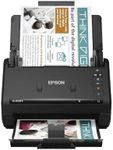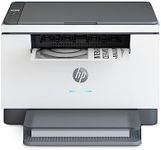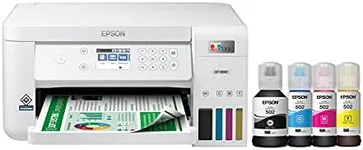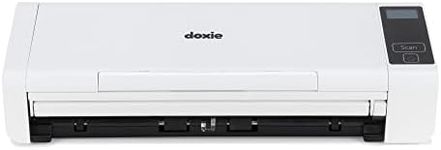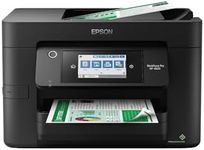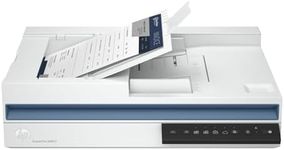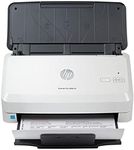Buying Guide for the Best Two Sided Scanner
Choosing a two-sided scanner, also known as a duplex scanner, can make your document management much more efficient, especially if you often need to scan double-sided pages. The right scanner for you will depend on how much you scan, the types of documents you handle, and how you plan to use the scanned files. Understanding the key features will help you pick a model that fits your workflow and avoids unnecessary frustration.Duplex Scanning CapabilityDuplex scanning means the scanner can automatically scan both sides of a page in a single pass. This is important if you regularly deal with double-sided documents, as it saves time and reduces manual effort. Some scanners require you to flip the page manually, while true duplex models handle both sides at once. If you scan a lot of double-sided documents, look for automatic duplex scanning. If you only occasionally need this, a manual duplex option may be enough.
Scan SpeedScan speed is usually measured in pages per minute (ppm) or images per minute (ipm). This tells you how quickly the scanner can process documents. Lower speeds (up to 15 ppm) are fine for occasional use, while higher speeds (20-40 ppm or more) are better for frequent or high-volume scanning. Think about how many pages you typically scan at once—if you often scan large batches, a faster scanner will save you time.
Automatic Document Feeder (ADF) CapacityThe ADF holds multiple sheets and feeds them into the scanner automatically. Capacity can range from about 20 sheets to over 100. If you scan long documents or want to avoid reloading paper frequently, a higher-capacity ADF is helpful. For short, occasional jobs, a smaller ADF may be sufficient.
Optical ResolutionOptical resolution, measured in dots per inch (dpi), affects the clarity and detail of your scans. For text documents, 200-300 dpi is usually enough. If you need to scan photos or documents with small print, higher resolutions (600 dpi or more) may be useful. Choose a resolution based on the level of detail you need in your scanned files.
Connectivity OptionsScanners can connect to your computer or network via USB, Wi-Fi, or Ethernet. USB is simple and reliable for single-computer use. Wi-Fi and Ethernet are better if you want to share the scanner among multiple users or scan directly to cloud services. Consider how and where you’ll use the scanner to decide which connection type is best for you.
Supported Media Types and SizesSome scanners handle only standard paper sizes, while others can scan business cards, receipts, or even thicker items. If you need to scan a variety of document types, look for a model that supports different media sizes and thicknesses. Think about the types of documents you handle most often to guide your choice.
Software FeaturesThe included software can make a big difference in how easy it is to organize, edit, and share your scans. Features like automatic text recognition (OCR), file format options, and cloud integration can be very useful. If you need to search or edit scanned documents, look for strong OCR capabilities. If you want to save directly to cloud storage, check for that feature.
